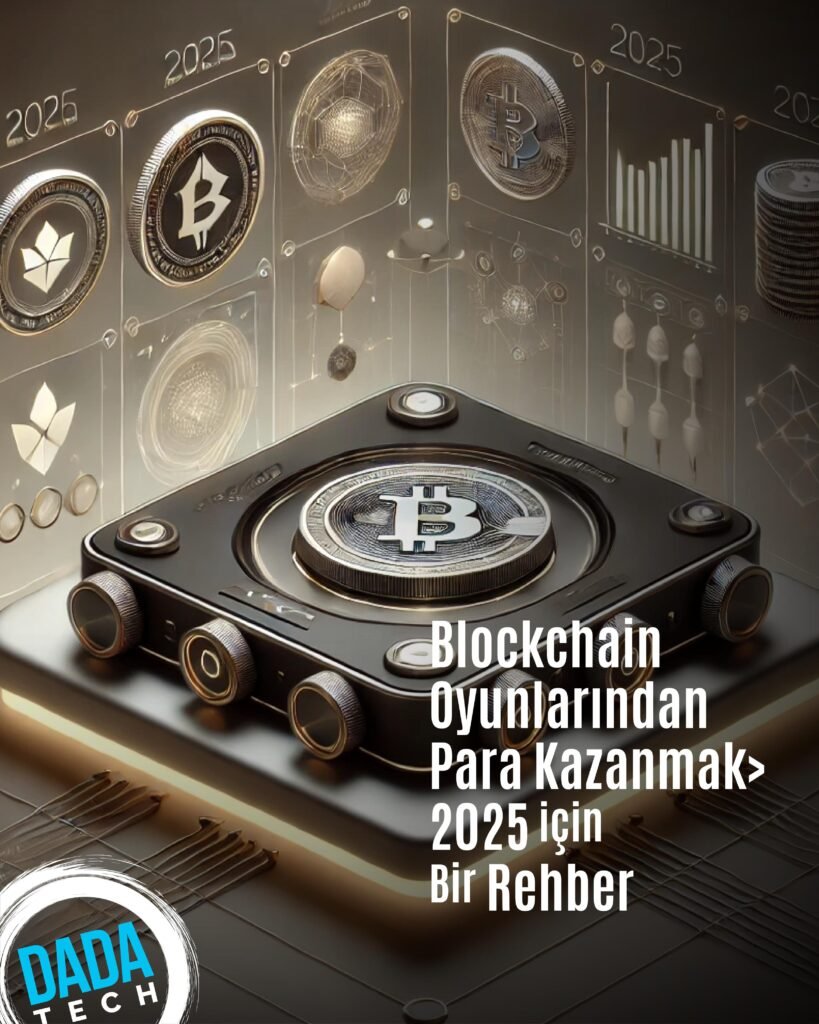The gaming industry has undergone a profound transformation over the past few decades. From humble beginnings with arcade games like Pong and PacMan to a global empire worth billions, the landscape of entertainment has shifted dramatically. Today, video games such as Grand Theft Auto, World of Warcraft, and Fortnite have outstripped traditional media like cinema, music, and television in terms of value and cultural influence.
As gaming evolves, so do the preferences of its players, particularly in terms of monetization. Games like World of Warcraft, Counterstrike GO, and the FIFA series have introduced the idea of owning and trading digital assets for real-world currency, though many game publishers still impose restrictions on such practices.
However, the emergence of blockchain technology has radically altered this narrative. Web3-based games, which natively support the trading of in-game assets, are now part of a booming industry. As reported by DappRadar, blockchain gaming reached a notable milestone in August 2024, with 4.2 million daily active users (DAUs). This growth signals a burgeoning and fast-paced sector in gaming that we must explore in greater depth.
Telegram Gaming: The Rising Star
If you’ve been involved in the crypto space recently, you’re likely aware of the growing buzz surrounding Telegram. This surge in attention is largely attributed to the rise of Telegram’s blockchain, The Open Network (TON). With projections to reach 1.8 billion accounts by the end of 2024, TON is poised to become one of the top three blockchain infrastructures, joining the ranks of Bitcoin and Ethereum.
Games on the TON blockchain have quickly gained popularity, with NOTCOIN leading the way. These games have demonstrated that earning money through blockchain-based platforms can be as seamless as sending a message on Telegram.
One such game is Panda Roll, a groundbreaking “AFK-to-Earn” game built on the TON network. Players can earn rewards and unlock rare “emblems” without actively participating, making it a perfect example of how blockchain games are reshaping player engagement and monetization.
Panda Roll: A Revolutionary Model
Building on the concept of passive income in gaming, Panda Roll has seen tremendous success in a short period, attracting over 1.5 million users within just two months of its launch. Players can engage by simply clicking “auto-roll,” closing the application, and returning after a few hours to claim their rewards. This hands-off approach has made it a favorite among blockchain gaming enthusiasts.
Another notable TON-based project is PinEye, an innovative ecosystem combining social networking, gaming, education, philanthropy, and staking. The platform has already formed key partnerships, including one with KuCoin, and is poised to launch additional features, further solidifying its position in the blockchain gaming space.
Blockchain Gaming as a New Income Stream
Traditionally, players in conventional games invest substantial time and money to acquire in-game assets such as skins, characters, and weapons. However, these assets are often controlled by the publisher, and the player does not truly own them. When servers shut down or an account is banned, all in-game assets are lost, regardless of the real-world money invested.
Blockchain technology changes this dynamic by granting players true ownership of their assets. Through non-fungible tokens (NFTs), players can prove ownership of digital assets and trade, sell, or transfer these items across different games or platforms, creating a decentralized and player-driven economy.
As blockchain gaming continues to expand, 2024 has seen both caution and optimism among investors. The second quarter of 2024 was particularly strong, marking one of the best periods since Q3 2022, with investments in the sector surging to $1.1 billion—an impressive 314% increase over the previous quarter.
Case Studies in Blockchain Gaming
Notable projects like SpaceCatch, a Web3 GameFi project by Pixelfield, showcase the potential of blockchain gaming. With its augmented reality integration and move-to-earn mechanics, SpaceCatch is positioning itself as a strong competitor in the PokemonGo-inspired gaming market. Despite a hacking incident, the game has rebounded and grown in popularity.
Engines of Fury, a free-to-play, post-apocalyptic shooter, is another example of how blockchain can enhance conventional gaming experiences. The game integrates the deflationary token $FURY and NFTs, offering a unique economic ecosystem where players can engage in extraction-based gameplay while earning rewards.
In essence, blockchain gaming aims to empower players by decentralizing control of in-game assets. This shift ensures that players, rather than game publishers, hold the reins when it comes to modifying or trading these assets.
Revenue Models in Traditional vs. Blockchain Gaming
Traditional gaming revenue models are largely based on in-app purchases, subscriptions, and advertising. Players pay for items or to speed up their progress, but these transactions primarily benefit the developers. Once a player acquires an item, it cannot be resold or traded, creating a static economy in which expenditures are permanent.
In contrast, Web3 games are built on a foundation that allows players to earn money through gameplay. Players can create and sell content such as skins or levels, and they are rewarded with in-game tokens or cryptocurrencies. This dynamic enables the creation of player-driven economies and opens up new ways for gamers to profit from their time and effort.
Examples like Decentraland and The Sandbox exemplify this model. In these games, players can buy, build, and sell digital assets like virtual real estate. With their native cryptocurrencies, players can engage in transactions and governance, further integrating blockchain technology into gaming economies.
Gaming Transparency: A New Era of Fairness
Fairness and transparency are fundamental principles in competitive gaming. Players must be confident that game mechanics are unbiased and that outcomes are not manipulated. Blockchain technology ensures this transparency through provably fair mechanisms, where all game outcomes are recorded and verifiable on the blockchain.
Solutions like Chainlink VRF (Verifiable Random Function) provide verifiable randomness, ensuring that game results are both fair and transparent. Games like Satoshi Dice, which operates on the Bitcoin Cash blockchain, allow users to authenticate the fairness of each roll, reinforcing the trustworthiness of blockchain-based games.
A Step-by-Step Guide to Earning Money with Blockchain Games
To begin earning money in blockchain games, follow these essential steps:
1. Set Up a Crypto Wallet: Start by creating a secure digital wallet using platforms like MetaMask, Trust Wallet, or Tonkeeper. Always ensure that your wallet’s security phrase is kept safe and never share it with others.
2. Research Profitable Games: Not all blockchain games are created equal. Look for games with a solid earning model, positive reviews, and a trustworthy development team. Avoid hype-driven projects that may turn out to be scams, like the infamous $SQUID token.
3. Learn Best Practices: Maximize your earnings by focusing on daily quests and rewards. Engage with communities on platforms like Galxe, Zealy, and Telegram to stay updated on events and special promotions. Reinvest your earnings into in-game assets for further growth.
4. Stay Informed: Keep up with game-specific strategies shared by experienced players on platforms like YouTube and Reddit. Leverage their insights to accelerate your progress and improve your earnings.
Blockchain gaming has revolutionized the way players can monetize their time and skills. This new economic model makes the gaming experience more interactive, rewarding, and sustainable. As the industry continues to grow, blockchain-based games will offer an expanding array of opportunities, redefining the traditional gaming world by providing innovative and creative ways for players to earn and engage.


